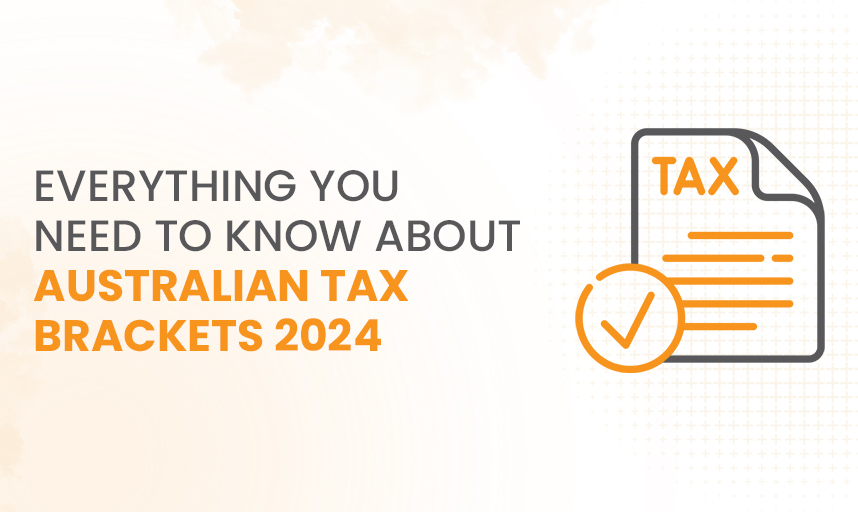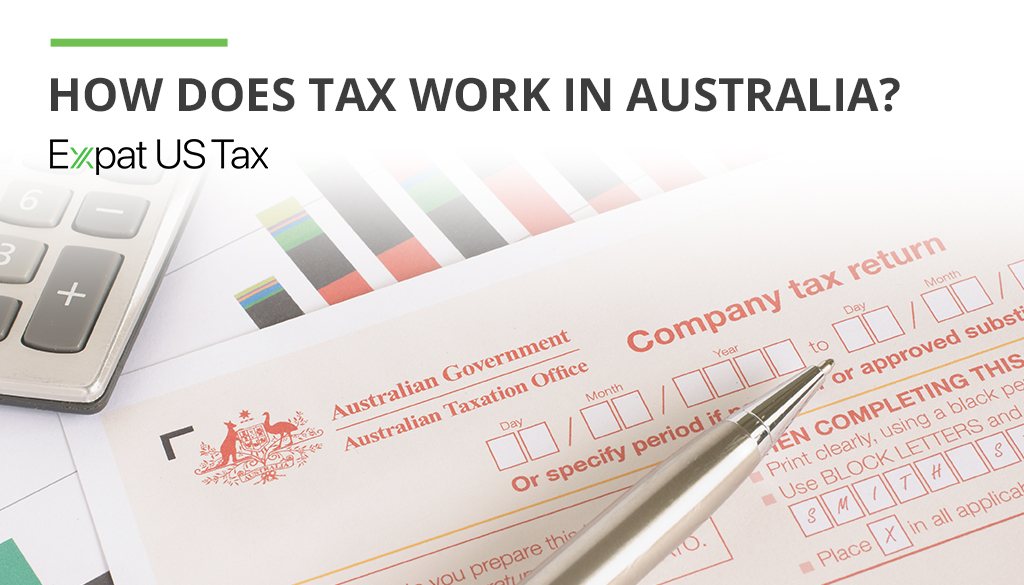Step-by-Step Guide for Completing Your Tax Refund in Australia
Step-by-Step Guide for Completing Your Tax Refund in Australia
Blog Article
Making Uses Of an Income Tax Return: Unlocking Prospective Savings and Guaranteeing a Larger Tax Reimbursement
The tax return offers as a necessary instrument for individuals looking for to optimize their monetary end results, using many avenues for prospective financial savings and enhanced refunds. The complexities of tax obligation regulations and the ever-evolving landscape of tax legislation demand an extensive understanding of readily available options.
Comprehending Tax Obligation Reductions
Several taxpayers may discover themselves bewildered by the intricacies of tax obligation reductions, yet recognizing these important elements is important for maximizing potential savings. Tax reductions reduce gross income, therefore reducing the general tax responsibility for people and services. Acquainting oneself with the different sorts of reductions offered can substantially enhance one's capacity to maximize tax obligation returns.
Deductions can be categorized right into itemized and typical reductions. The common reduction gives a fixed reduction in taxed revenue, while itemized reductions enable taxpayers to mention certain costs, such as home mortgage rate of interest, state taxes, and charitable payments. Taxpayers need to evaluate which choice generates the biggest benefit, as picking the ideal deduction technique can result in significant financial savings.
Taxpayers must also remain informed concerning adjustments in tax obligation laws that might impact eligible reductions, as these can differ each year. By efficiently passing through the landscape of tax deductions, individuals can disclose the capacity for a more favorable tax obligation outcome and secure better economic benefits.
Discovering Tax Credit Reports
Tax credits represent another remarkable opportunity for taxpayers to reduce their total tax responsibility, matching the benefits got from deductions. Unlike reductions, which reduced taxed earnings, tax debts supply a dollar-for-dollar reduction of the real tax obligation owed. This distinction makes tax obligation credit histories particularly useful for individuals seeking to optimize their cost savings.
There are two primary kinds of tax credit ratings: nonrefundable and refundable. Nonrefundable credit histories can minimize your tax obligation obligation to absolutely no but not below that quantity, while refundable credit histories can lead to a reimbursement if the credit scores exceed the tax obligation owed. Examples of typically claimed tax debts consist of the Earned Earnings Tax Credit Rating (EITC), the Youngster Tax Obligation Credit history, and education-related credit ratings like the American Opportunity Credit Scores.
Eligibility needs for these credit scores can differ considerably, commonly based upon revenue, submitting status, and particular situations. Taxpayers must thoroughly assess the requirements associated with each credit history to establish they declare all benefits for which they certify. By purposefully making use of readily available tax obligation credit reports, individuals can enhance their income tax return, eventually resulting in considerable cost savings and possibly bigger refunds.

Investing Your Refund Sensibly
Obtaining a Tax refund can seem like an economic windfall, however how that money is made use of can profoundly influence lasting financial health and wellness. Rather than viewing your refund as disposable revenue, consider it a possibility to spend in your future.

One reliable choice is contributing to a Private Retirement Account (IRA) This can boost your retirement financial savings while possibly yielding tax obligation advantages. Spending in a diversified supply portfolio can supply substantial growth potential over time, enabling your reimbursement to work for you in the market.
Additionally, think about using your reimbursement to pay for high-interest debt, such as credit history card equilibriums. Lowering financial debt can improve your monetary standing and eliminate stress, ultimately enabling you to allot even more funds towards financial investments in the future.
For those concentrated on education and learning, using your reimbursement for a 529 university savings plan can help secure a brighter future on your own or your children.
Planning for Future Expenses
Carefully preparing for future costs is necessary for keeping economic security and accomplishing long-term goals. A well-structured financial strategy permits people to designate sources successfully, guaranteeing that upcoming expenses do not interrupt their financial well-being. Income tax return can give a beneficial structure for this planning process.
Making use of the reimbursement as a springboard, individuals can identify and focus on substantial future expenses, such as home repair work, education costs, or health care demands. Establishing a spending plan that integrates these prepared for costs allows a proactive strategy, lessening the possibility index of financial pressure when the time involves address them.
Moreover, establishing aside funds from your tax obligation refund right into devoted interest-bearing accounts can improve the effectiveness of your preparation. Australian Tax return online. Consider producing an emergency situation fund particularly for unexpected costs, ensuring that you are gotten ready for unforeseen scenarios without hindering your economic goals
Usual Mistakes to Prevent
Several people make crucial mistakes when handling their tax returns that can threaten their economic preparation initiatives. Insufficient paperwork can lead to missed deductions, resulting in a lower refund or higher tax obligation responsibility.
An additional constant blunder is disregarding to assess tax obligation legislation modifications. Tax web link guidelines can progress yearly, and ignorance of these changes may cause missed out on chances for tax credit histories or deductions. Additionally, many taxpayers ignore eligible deductions, such as those for clinical costs or educational costs.

Filing taxes prematurely or far too late can additionally be detrimental. Early filers may miss out on last-minute tax obligation breaks, while late filers take the chance of penalties and interest.
Additionally, not looking for specialist aid when necessary can result in expensive errors. Tax experts can supply important insights, making sure conformity and maximizing potential savings.
Lastly, rushing through the return can lead to simple arithmetic mistakes or overlooked kinds. Putting in the time to verify all entrances is crucial for a successful income tax return result.
Final Thought
To summarize, the strategic use of tax returns serves as a critical system for making the most of economic advantages. Understanding of usual pitfalls can likewise enhance the tax obligation process, eventually encouraging taxpayers to leverage their returns for a much more safe economic future.
Tax credits represent one more remarkable method for taxpayers to reduce their overall tax obligation, enhancing the advantages obtained from reductions. Unlike deductions, which lower taxable earnings, tax obligation credits supply a dollar-for-dollar reduction of the actual tax owed. Nonrefundable credit histories can reduce your tax liability to no but not listed below that quantity, while article source refundable credit ratings can result in a refund if the credit histories surpass the tax owed. Examples of commonly claimed tax obligation credit ratings consist of the Earned Revenue Tax Obligation Credit Rating (EITC), the Child Tax Obligation Credit scores, and education-related credit reports like the American Chance Credit Report.
Tax regulations can evolve each year, and lack of knowledge of these changes might result in missed out on chances for tax obligation credits or reductions. - Australian Tax return online
Report this page